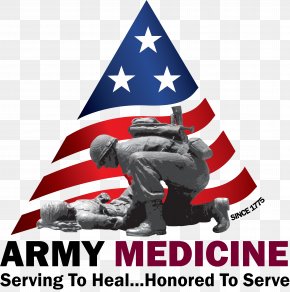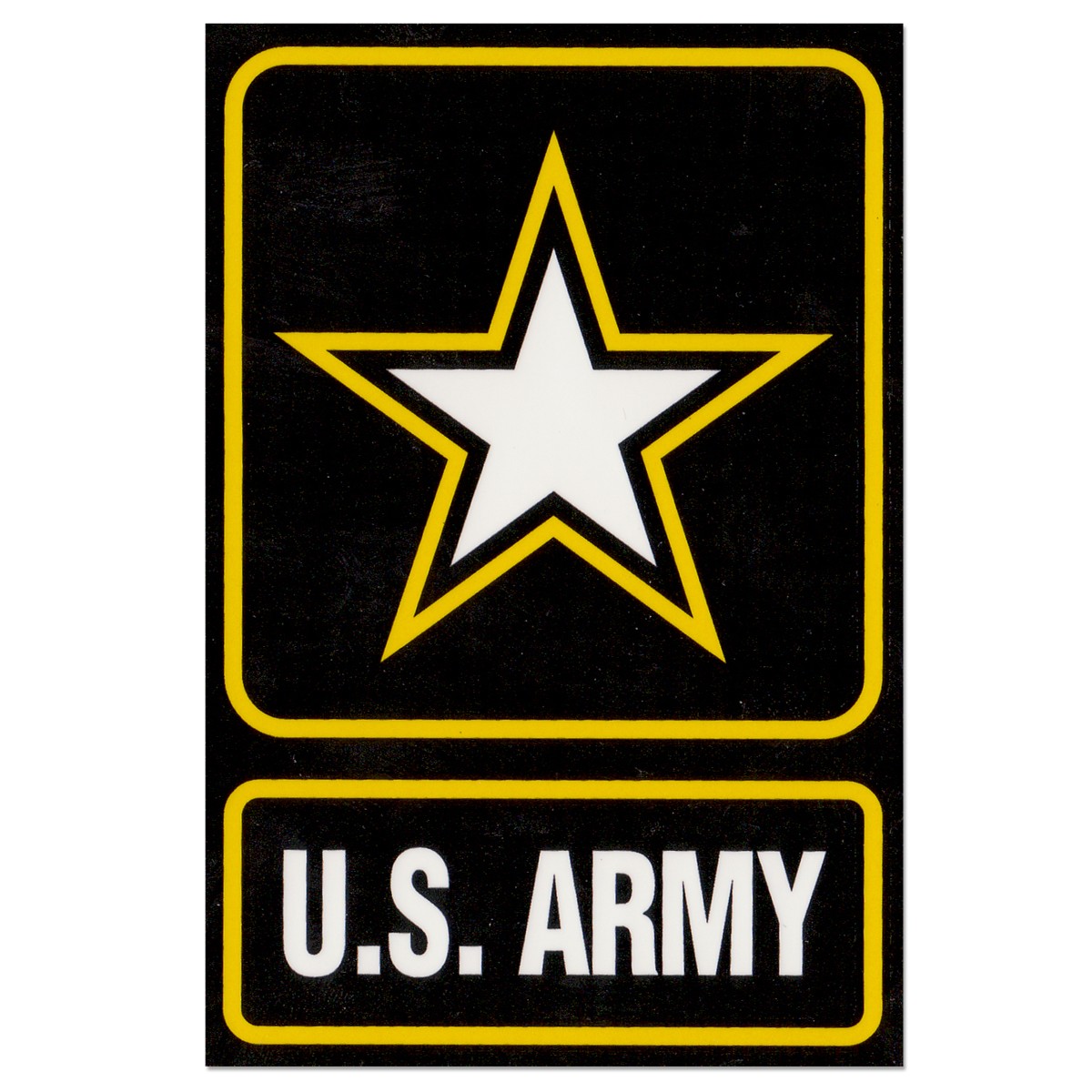Information about the Unit
We are a small unit but we are ranked #1 of all similar sized hospitals in 3SL categories of productivity, efficiency and financial optimization. This is an eight suite Operating Room in a 110-bed Regional Army Medical Center performing approximately 300 surgical cases per month in 12 different surgical specialties serving over 43,000 beneficiaries.
The Services and Providers
We have over 30 providers in 12 different surgical specialties to include Robotics. At this time, our Operating Room does not perform cardiac or neurosurgical procedures.
- General Surgery
- – We have seven general surgeons whose specialities vary from Robotics, Colorectal, Bariatric, Trauma, and Breast surgery.
- Orthopedics
- – Our Orthopedics Team of five providers range in specialties from Trauma, Spine, Total Joints, Sports Medicine, Hand & Foot, and more.
- Obstetrics and Gynecology (OBGYN) and Urology
- – We have four OBGYN providers and two Urology providers. Majority of the Urology patients procedures are done in the GU Clinic (GUC).
- Ophthalmology
- – The Ophthalmology providers primarily perform PHACO and ICL procedures a few times a month.
- Otolaryngology (ENT)
- – One of the busier services in the Operating Room. ENT is one of the few services that treat our pediatric population (<17 years of age), primarily for Myringotomy and Tonsillectomy & Adenoidectomy.
- Vascular and Cardio-Thoracic
- – One of the smallest specialties in our Operating Room, there's only one provider for each of these specialty services. They perform a range of surgeries to include Femoral Politeal Bypass, amputations, and diaphragm repairs (just a few examples).
- Subspecialties
- – A few other services we have include Podiatry, Plastics, and Oral-Maxillofacial surgery.
Scheduling and Shifts
The primary shift is 1st Shift (Monday-Friday). Off-shifts are rotated through personnel and as requested. Each staff members has the opportunity to sign-up for a Holiday Call, and each staff member is required to cover at minimum one Holiday Call. The schedule is posted six weeks in advance. Leave request can be planned a year in advance through the leave book calendar.
- 1st Shift (0630-1500)
- 2nd Shift (0900-1700)
- Call Shift (1400-0700)
- Weekend & Holiday Call (0700-0700)
Trainings and Competencies
During orientation, there is an Initial Competency Checklist and Hospital Orientation checklist to be completed. Each preceptor will provide guidance and an evaluation as competencies are completed. The goal is to have all competencies completed or evaluated by the end of orientation. The Supervisor will then evaluate the individual and determine if they are ready to come off orientation. Listed below are a few primary trainings required during orientation.

- MHS Genesis Charting System
- DaVinci Robot Xi
- N-95 Mask
- Mozart/Kubtech
- Cell-Saver
- Blood Exposure
- CAF folder maintenance
- DMHRSi & ATAAPS Timecards
Competency Assessment PDF
Standard Operating Procedures (SOPs)
Each new Operating Room employee must read the unit's SOPs. These Policies and Procedures guide all staff in the operations of the Operating Room. The SOPs are separated in categories and sections for ease-of-access and quick reference. Examples are listed below. The full list of SOPs will be provided to the new employee for review and the new employee will sign their orientation form which affirms their understanding of the SOPs.
- A. Staff Duties and Responsibilities
- Operating Room Duty Description
- Transport Duties
- After Hours Procedures
- Off-shift Duties
- On-Call Duties
- Unit Manager

- B. Patient Safety and Rights
- Patient's Rights
- Patient Markings
- Power of Attorney (POA)
- Translation Services
- C. Consents and Procedures
- Consent Forms and Site Verification
- Emergent Procedures
- Universal Protocol
- Multi-Service Procedures
- D. Unit Safety and Exposure Prevention
- Emergency Preparedness Plan
- Fire Safety Plan
- Safety Data Sheet (SDS)
- Blood Exposure


